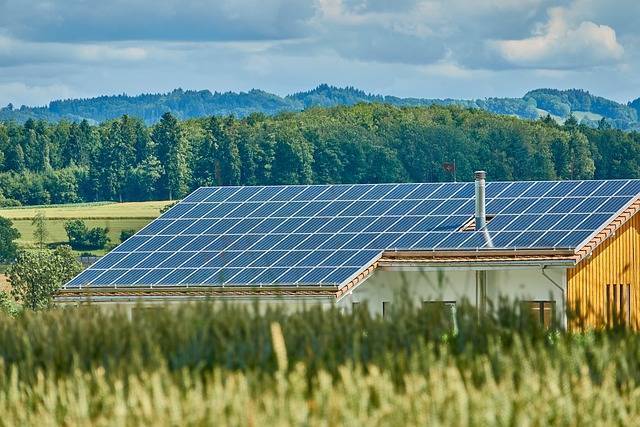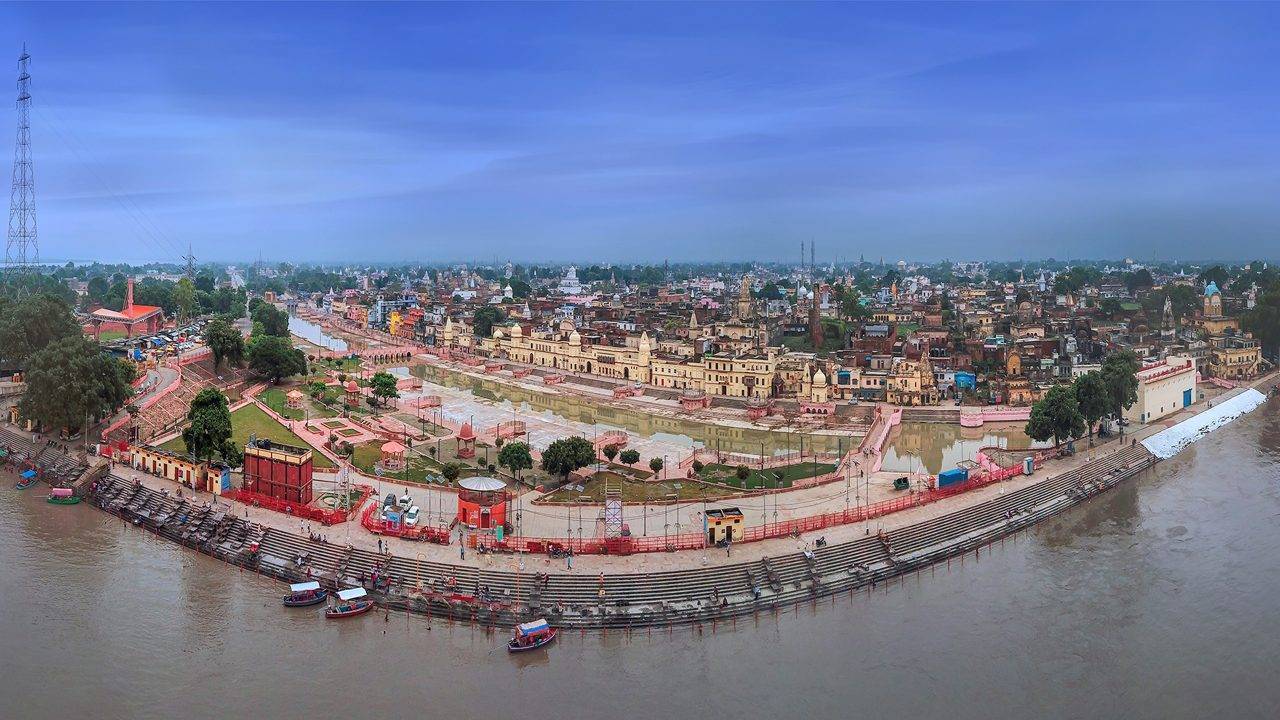The Ministry of New and Renewable Energy (MNRE) has recently issued model guidelines under the PM Surya Ghar Muft Bijli Yojana, an ambitious initiative aimed at streamlining rural electrification in India. This scheme intends to harness solar power to provide free electricity to rural households, aligning with India’s broader commitment to sustainable development and energy independence. These guidelines serve as a blueprint for the successful implementation of solar villages across the country, paving the way for a transformative impact on rural communities.
Understanding the PM Surya Ghar Muft Bijli Yojana
The PM Surya Ghar Muft Bijli Yojana is a government-led initiative designed to bring the benefits of solar energy to the rural population. The primary objective of the scheme is to ensure that every household in a village receives free and reliable electricity through the establishment of decentralized solar power systems. This initiative is part of India’s larger mission to reduce its carbon footprint, increase the use of renewable energy sources, and provide equitable energy access to even the most remote areas.
Objectives of the Model Solar Village Guidelines
The model solar village guidelines issued by MNRE are framedto achieve several critical objectives:
1. Promotion of Decentralized Solar Power Generation: The guidelines emphasize the importance of decentralized power systems that generate electricity locally. This approach is particularly beneficial for rural areas where transmission infrastructure is often lacking or inefficient.
2. Universal Energy Access: A key goal of the guidelines is to ensure that every household within a village has access to electricity. This effort is crucial in addressing energy poverty and improving living standards in rural areas.
3. Support for Sustainable Development: By encouraging the use of solar energy, the guidelines contribute to environmental sustainability. The shift away from traditional fossil fuels reduces carbon emissions and supports India’s climate change commitments.
4. Stimulation of Rural Economic Growth: The availability of reliable electricity is expected to catalyze economic activities in rural areas, leading to job creation, enhanced educational opportunities, and improved healthcare facilities.
Key Features of the Model Solar Village Guidelines
The guidelines provide a detailed framework for the implementation of solar energy projects in rural villages. Some of the key features include:
1. Criteria for Village Selection
The guidelines outline specific criteria for selecting villages that will benefit from the solar initiative. Villages that currently lack reliable electricity access, have a high potential for solar energy generation, and possess supportive local governance structures are prioritized. This strategic selection ensures that the resources are directed where they are most needed and can have the greatest impact.
2. Emphasis on Community Involvement
A crucial aspect of the guidelines is the active involvement of local communities in the project’s planning and implementation phases. This includes engagement with village panchayats, self-help groups, and other community organizations. By involving these stakeholders, the project is more likely to be tailored to the specific needs of the village and receive the necessary local support for its success.
3. Clear Roles for Implementation and Management
The guidelines clearly delineate the roles and responsibilities of the various stakeholders involved in the project. Government agencies, private sector partners, and local communities all have defined roles, ensuring smooth project execution from planning through to operation and maintenance. This structured approach helps to prevent delays and ensures accountability at every stage of the project.
4. Detailed Financial Framework
Financial sustainability is a core consideration in the guidelines. The document outlines potential funding sources, including government subsidies, grants, and private sector investments. Public-private partnerships are encouraged to maximize the reach and impact of the project, ensuring that financial constraints do not impede the rollout of solar villages.
5. Robust Monitoring and Evaluation Mechanisms
To ensure the effectiveness of the solar projects, the guidelines incorporate comprehensive monitoring and evaluation frameworks. These mechanisms are designed to track the performance of the solar systems, assess their impact on the community, and identify areas for improvement. Regular assessments help maintain the project's momentum and ensure that it continues to meet its objectives.
Benefits of the Solar Village Initiative
The PM Surya Ghar Muft Bijli Yojana and its accompanying guidelines are expected to bring about significant benefits, both at the community level and for the nation as a whole.
1. Enhanced Quality of Life- Access to electricity can significantly improve the quality of life in rural areas. Reliable lighting allows for extended hours of study and work, better illumination in schools, and improved healthcare facilities. Additionally, electricity can power essential household appliances, enhancing daily living standards.
2. Economic Upliftment- Electricity is a key driver of economic activities. With the availability of reliable power, small businesses can operate more efficiently, new enterprises can emerge, and agricultural productivity can increase due to better access to water through solar-powered pumps. This economic upliftment can lead to increased income for rural residents and contribute to the overall development of the village.
3. Environmental Conservation- By shifting from conventional energy sources to solar power, the initiative significantly reduces carbon emissions. This environmental benefit supports India’s commitment to the Paris Agreement and contributes to global efforts to combat climate change.
4. Strengthened Energy Security- Decentralized solar power systems reduce villages' dependency on the national grid, enhancing their energy security. This independence also decreases the likelihood of power outages, providing a more stable and reliable energy supply.
5. Potential for Expansion- The model solar village guidelines are designed to be scalable and replicable, allowing for the expansion of the initiative to other regions. As more villages adopt solar power, the cumulative impact on national energy consumption and carbon emissions could be substantial, helping India meet its renewable energy targets.
A Pathway to Sustainable Rural Development
The PM Surya Ghar Muft Bijli Yojana, guided by the MNRE’s model solar village guidelines, represents a major leap forward in India’s renewable energy strategy. By focusing on decentralized solar power generation and ensuring universal energy access, this initiative has the potential to transform rural communities across the country.
As these projects are implemented, they will not only provide clean and free electricity to millions of households but also contribute to broader goals of sustainable development, economic empowerment, and environmental conservation. The success of this program could set a precedent for similar initiatives globally, showcasing India’s leadership in renewable energy innovation.









.png)